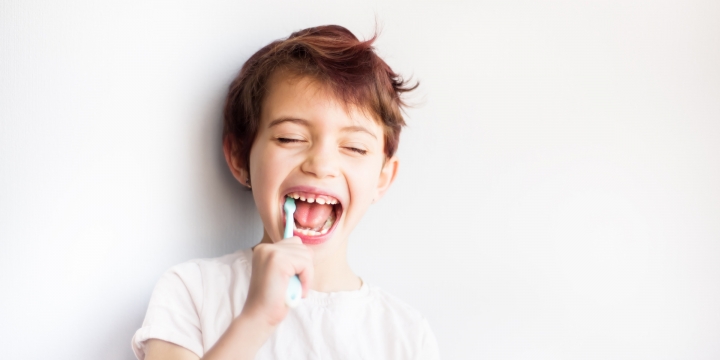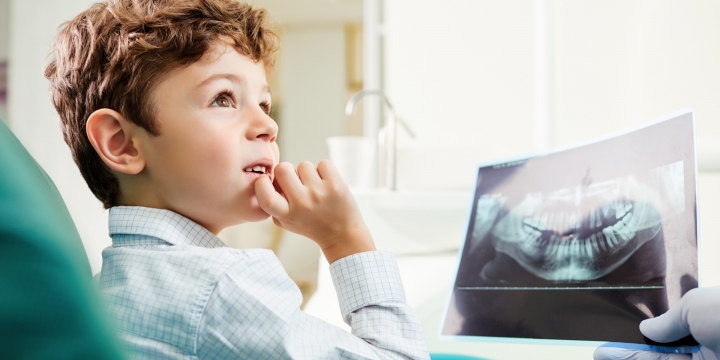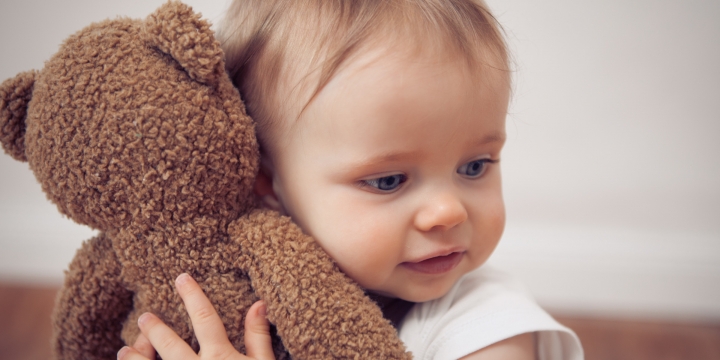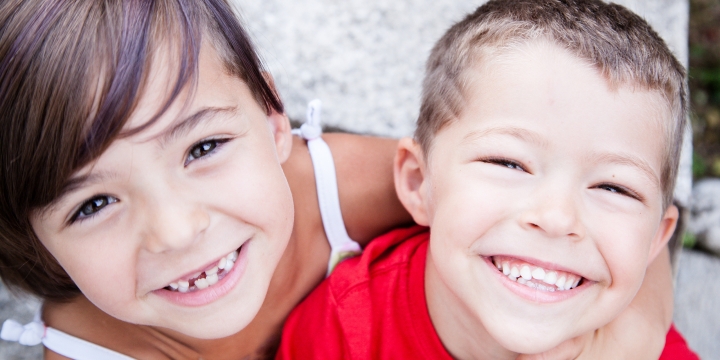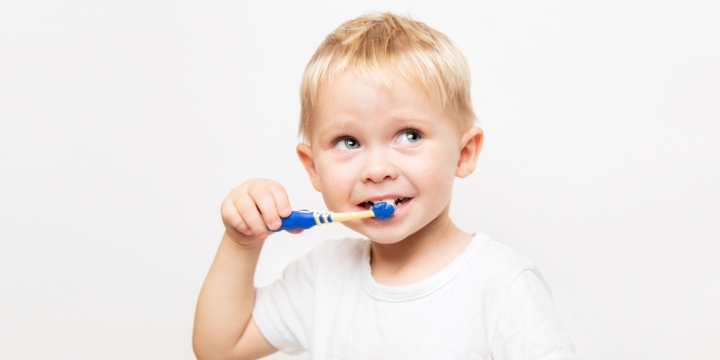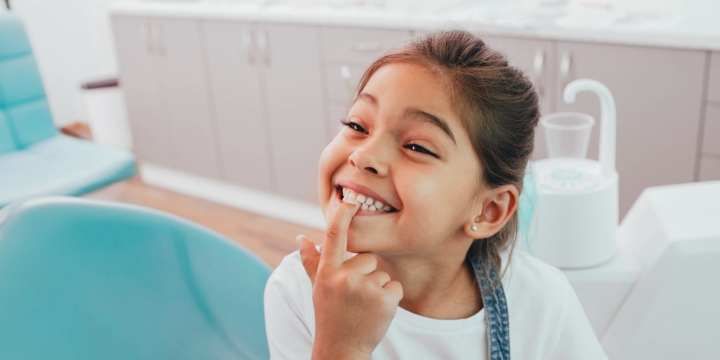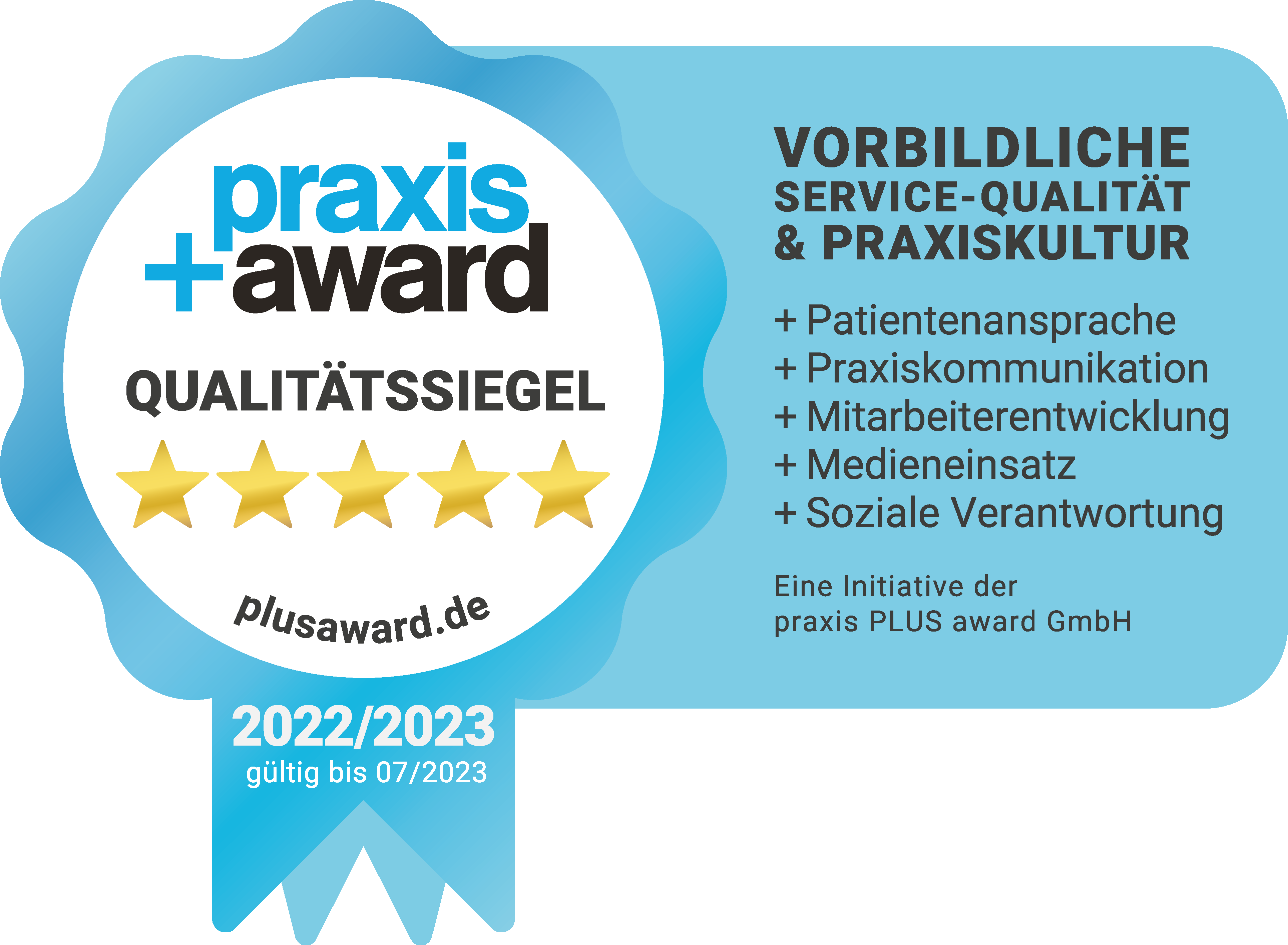
Damaged milk teeth
Dislocations, enamel fractures
These issues are relatively common, especially in children aged 3 or 4 years.
Injured milk teeth must be treated by a paediatric dentist and the child receiving treatment will need to be monitored over a longer period of time in light of possible complications with regard to the injured milk tooth itself or the adult tooth that will replace it. The most common injuries are loose and fractured teeth. We advise that you always err on the side of caution if the tooth suddenly looks shorter after your child has had a fall. It might be the case that the milk tooth has ended up being pushed into the bone by the force of such a fall and this will have a significant impact on the adult tooth that replaces it. Parents should consult a paediatric dentist quickly.

Injuries to the permanent teeth
Act quickly and correctly in case of (broken) teeth.
If the injury affects an adult tooth, usually the upper front teeth, action must be taken quickly and correctly. Most of the time, parents are not there when a dental accident occurs and so it is of particular importance that children and guardians are educated in preparation for such emergencies.
In the case of minor injuries, the incisal edges are often broken off. In this case, the ideal thing to do is to collect the tooth fragments, store them in water, and visit your dentist immediately. The dentist will try to glue the parts that have broken off back onto the tooth. And this will not negatively impact the appearance of the teeth or tooth. If the teeth are loose, you should not wiggle them as this may cause more damage. Your child should avoid clenching their teeth. The dentist will restore severely loosened teeth to their original position and splint them for some time, and this will keep consequential damage to a minimum.

Knocking out a whole tooth (avulsion)
5 minutes makes all the difference
Dental accidents can often be less serious and, in the worst case, the tooth is knocked out completely. These accidents are particularly frequent in children aged between 9 and 12 years.
In any case, it is important that you act quickly and competently. The first 5-20 minutes after the accident will determine the long-term prognosis of the tooth. You should only handle the tooth that has been knocked out at the crown and not at the root, so as not to damage the cells located there. Do not clean it of any dirt either.

Rescue box
The best thing for a knocked out tooth
The tooth needs to be put into the Dentosafe rescue box, ideally within the first five minutes, but twenty minutes at the latest, and taken immediately to a dentist.
They will reinsert the tooth into the bone and stabilise it there. If you don’t have access to a tooth rescue box, you can also place the tooth (for a maximum of 2 hours) in cold milk or UHT milk. You can find tooth rescue boxes at your local pharmacy and these should be carried in a school bag or sports bag. Many dental injuries in children and adolescents occur during sports.

Preventative care is better than treatment!
Dental protection for high-risk sports
A mouth guard reliably protects athletes from dental injuries. We recommended a mouth guard for the following sports in particular: basketball, ice hockey, handball, hockey, martial arts. We would be happy to advise on this you as part of our consultation.

A beaming smile
Even after a dental accident
Many people think that it’s very important to have a beaming white smile. If teeth are damaged in an accident, this does not necessarily mean disfigurement or impairment for the rest of your life. The outcome should be positive if you act fast when the accident occurs, see a paediatric dentist quickly, and undergo modern paediatric treatment.

